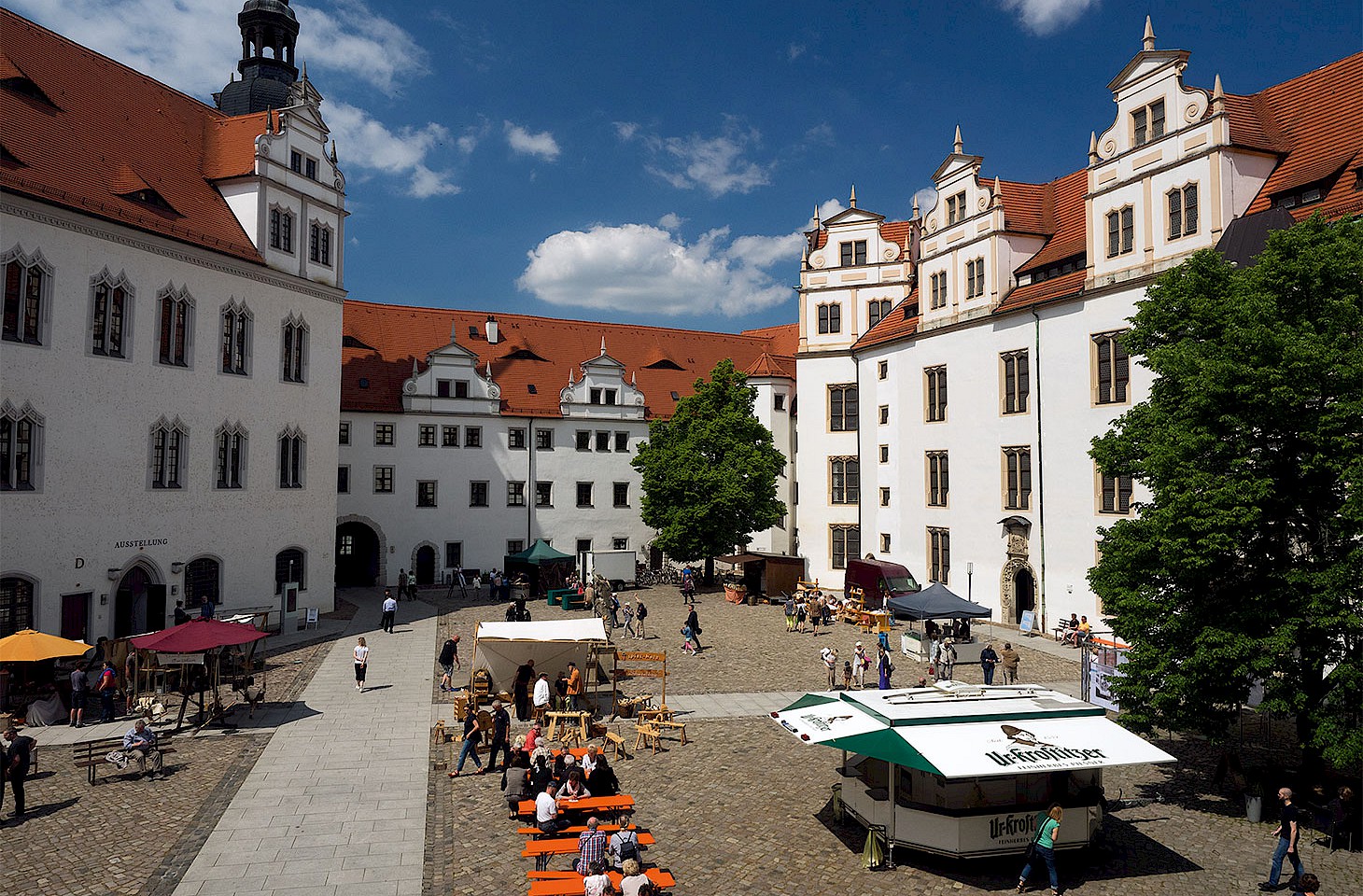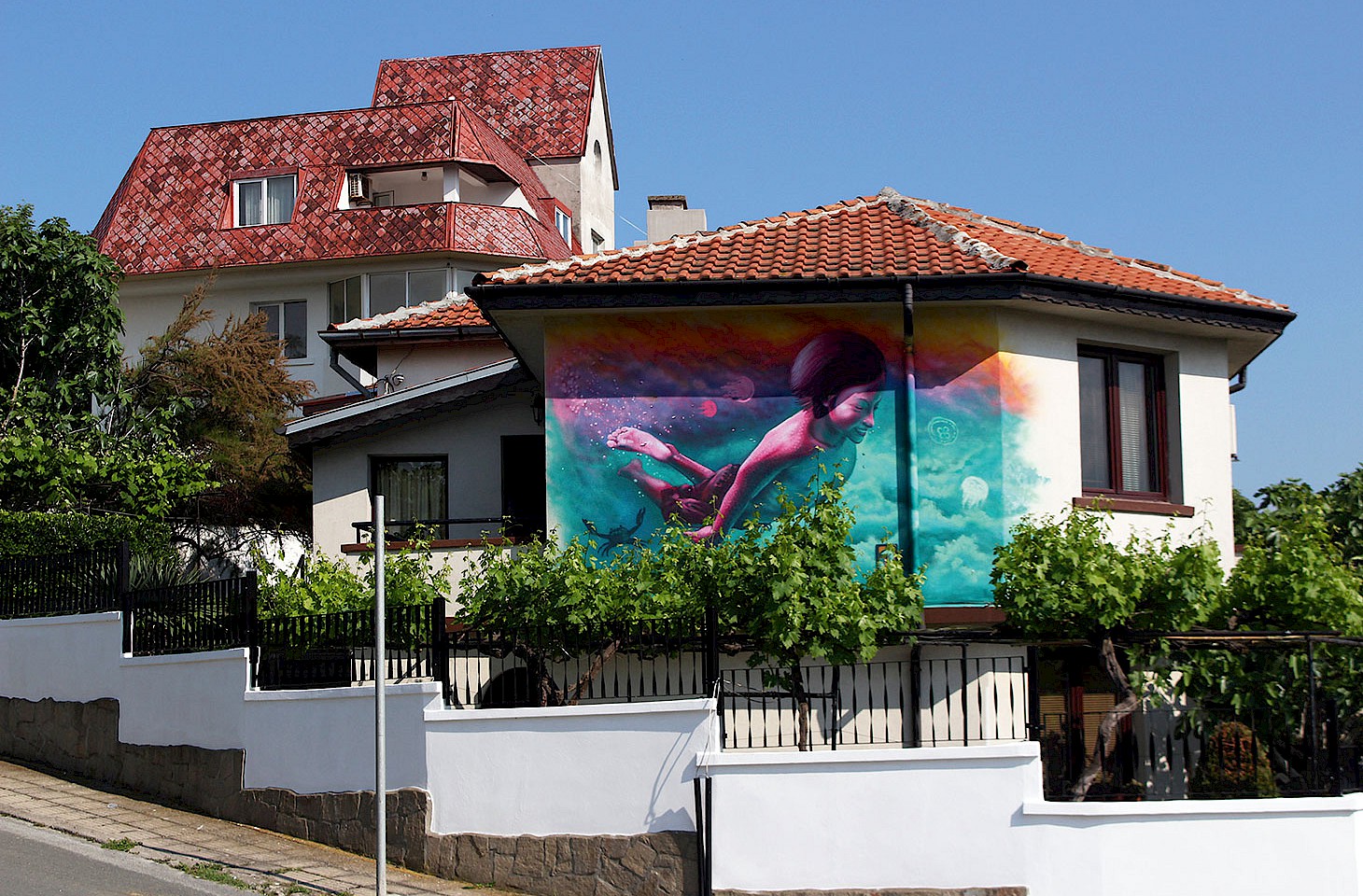Gotland has Europe’s greatest concentration of ship-burial sites. There are some 350 in all. Often known as ship settings, these extraordinary lozenge-shaped memorials consist of stones arranged in the manner of a ship. They are, in effect, graves. They suggest the idea of a ship for the afterlife while the size of the setting and the degree of elaboration clearly says something about the perceived status of the deceased. Sometimes runic inscriptions on one or more stones, most commonly at the prow of the ship, give some clue as to who has created the ship setting, or in whose honour it was intended. The Gotland ship settings are generally (but not invariably) close to the coast, and the alignment of the imaginary ship is usually parallel to that coastline.
The largest of these Gotlandic boat-shaped graves is in the shade of a forest at Gnisvärd, on the west coast about 15 kilometres south of Visby.




